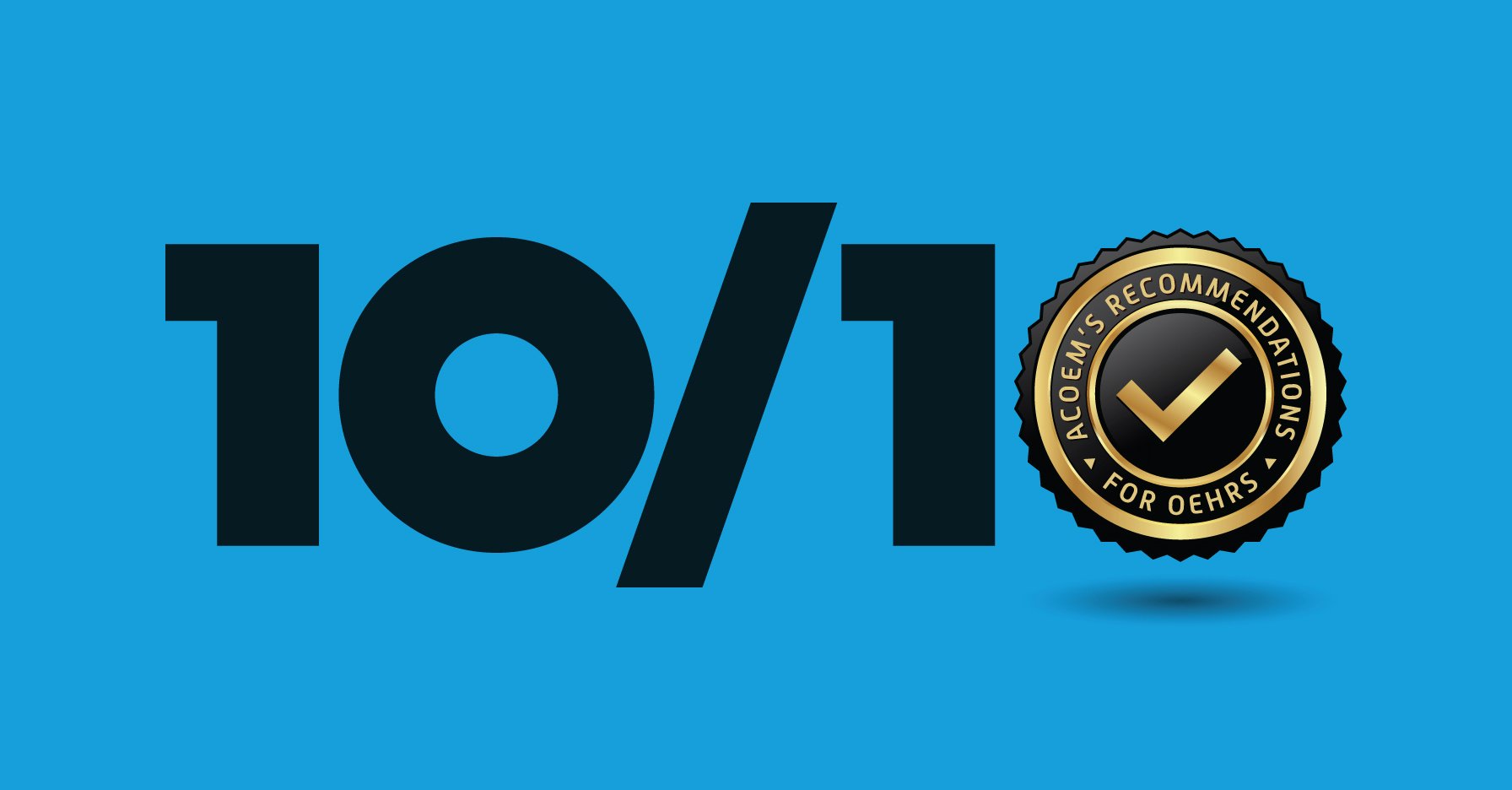Why interoperability guidelines are critical for occupational health EHRs
By Enterprise Health on Apr 15, 2025 10:10:53 AM

The new ACOEM checklist provides a vital blueprint for ensuring that occupational and employee health EHRs (OEHRs) meet the evolving needs of providers and organizations. In today’s fast-paced healthcare environment, the ability to exchange electronic personal health information (PHI) seamlessly across systems is essential—not just for operational efficiency but also for improving patient care and ensuring compliance with regulatory requirements.
Meeting provider needs in a complex healthcare ecosystem
Occupational health organizations face unique challenges: managing diverse data sources; integrating with external systems like HR platforms, ambulatory EMRs and regulatory agencies; and providing timely access to comprehensive health records for employees as well as clinicians. For providers, these needs often translate into frustrations with inaccessible data from disparate sources, inefficiencies in workflows resulting in duplicate data entry requirements and risks of incomplete or inaccurate information.
Interoperability directly addresses these challenges by creating a cohesive ecosystem where data flows seamlessly between systems, enabling providers to focus on what matters most: caring for employees and ensuring a healthy workplace.
The growing importance of interoperability
The global COVID-19 pandemic accelerated demands on the entire employee and occupational services space. Government and industry monitors require more reporting than ever before. Meanwhile, post-pandemic realities have left employee health departments at both public and private sector hospitals and organizations tasked with doing more with less. This convergence of increasing demands highlights the critical role of interoperability to address evolving challenges.
Guidelines like those outlined by ACOEM ensure that OEHRs remain adaptable and future-ready, enabling organizations to keep pace with the rapid evolution of digital healthcare. Adhering to interoperability standards reduces the complexity of onboarding new technologies and simplifies compliance with industry regulations.
Interoperability isn’t just a technical feature—it’s a critical enabler of progress in occupational health, and these guidelines ensure that organizations are equipped to meet both current and future demands.
Integrations are only the beginning
The industry-standard integrations include HL7, FHIR, state immunization registries, diagnostic and toxicology laboratories, OSHA, NHSN, DOT, Workers' Compensation, HR systems and single sign-on to name a few. But those are now table stakes.
The preferred solutions should also provide:
- Certified foundation: an OEHR built on a certified Electronic Medical Record (EMR) platform, ensuring the highest standards of functionality, security and compliance along with guaranteed interoperability.
- In-house expertise: proven experience developing frameworks and APIs to exchange data for thousands of industry-standard and custom interfaces.
- Comprehensive hosting: production and QS environments deployed with options in commercial or client-hosted data centers worldwide, as well as the client’s own data centers.
- Secure everything: everything needs security today. Enterprise Health offers encryption at rest, encrypted database and connections, as well as encryption of all data in transit.
Selecting the best solution for today’s needs, and tomorrow’s, is now 10 steps easier with the ACOEM guidelines.
Enterprise Health checks all the boxes on the ACOEM guidelines – including interoperability.
See how your current system stacks up. Download the checklist.
You May Also Like
These Related Stories

Why your OEHR support team should actually get what you do

Clinical documentation: from click-heavy chaos to streamlined bliss
